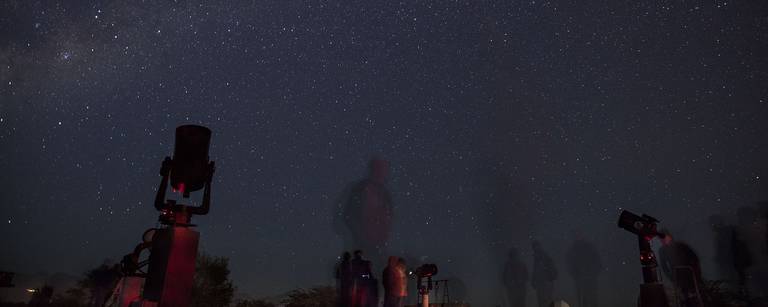Telescope Mounts
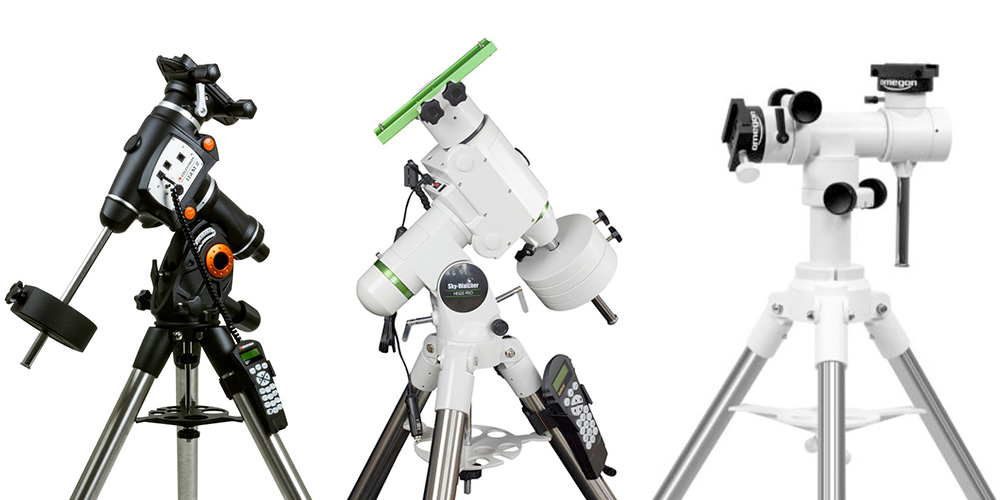
Telescopes for amateur astronomers are usually mounted on tripods, and as with professional telescopes, the mount itself is an essential part of the instrument. There are two types of mounts: altazimuth mounts and equatorial mounts. The first type is usually shipped with entry-level telescopes, but this is definitely not because altazimuth mounts are lower quality. It’s just that high-end telescopes are more often used for astrophotography, which requires a totally different kind of mount. People who use telescopes mainly for observing usually find altazimuth mounts much easier to operate. Altazimuth mounts essentially allow you to move your telescope freely in any direction you want and don’t compensate for the rotation of the Earth. If you’ve ever looked at the stars, even with your naked eyes, for a prolonged period of time, you may have noticed that their position in the sky changes during the night. At the very least, you’re aware that the position of the Sun changes throughout the day. This is because the Earth turns on its axis. If you use an instrument with strong magnification, it will have an impact on what you see through the eyepiece. The object you are observing will slowly drift away, and you’ll find you have to realign your telescope by adjusting the two axes of the mount. As long as its focal length is reasonably short, the magnification won’t be too strong and moving your scope every now and then won’t be a problem.
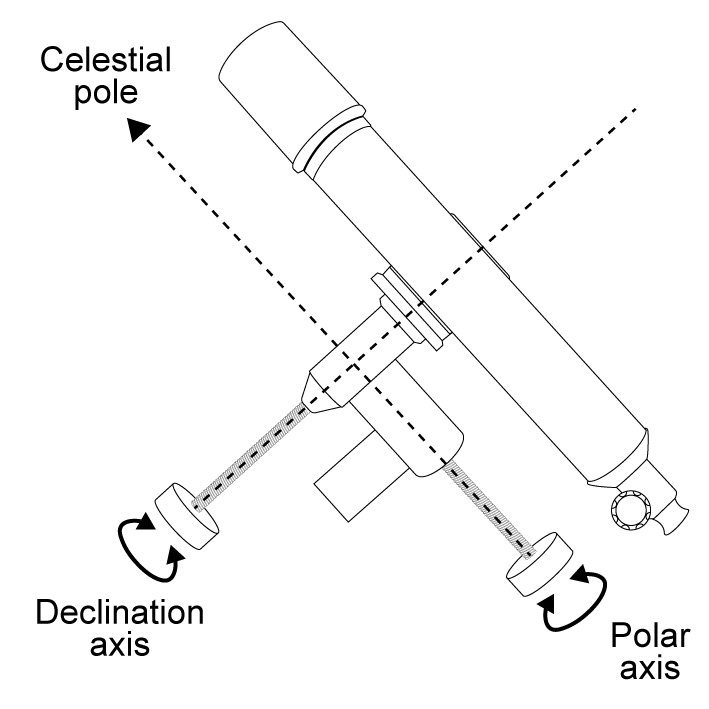
An equatorial mount makes this a bit easier; one of the two axes of the mount is parallel to the Earth’s axis, so you only need to tilt that axis in order to “follow” the object’s apparent movement on the celestial sphere.
Telescope mounts can be motorized and even computerized. A motorized mount has the ability not only to slew the telescope (in other words, move it around one or the two axes) but also to sync the telescope’s the rotation of the Earth. This way, if you point the telescope towards a particular object in the sky, the object will remain where you’ve fixed it in the eyepiece. A computerized mount usually has a control pad that allows the operator to slew the telescope or instruct the computer to point the telescope at a specific object — a star or a planet, for instance. This requires the mount to be properly aligned prior to use, which is often achieved by pointing the telescope manually to one, two or three stars designated by the computer.
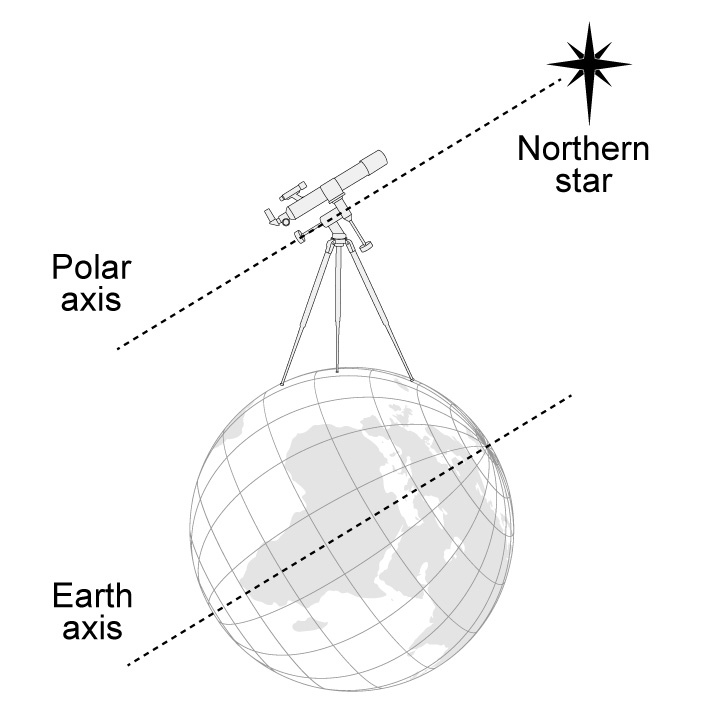
Equatorial mounts also require polar alignment, which consists of aligning the equatorial axis with the axis of the Earth. In the Northern Hemisphere, this is done by making the axis point to astar called Polaris (the North Star), which is visible with the naked eye and located roughly along the line that would be created if you extended the Earth’s axis into space.
Actually, Polaris is 0.5° off the North pole axis, which means that to get a very precise polar alignment with a telescope mount, you need to take this difference into account. Equatorial mounts often come with a small scope, known as a polar scope, that is inserted inside the equatorial axis.
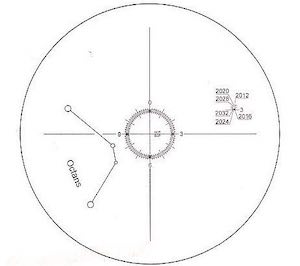
In the Northern Hemisphere, the operator can aim the polar scope at Polaris, or more precisely, make Polaris coincide with a given position on a dial that is usually drawn on the polar scope lens. In the Southern Hemisphere, the area in the sky the line of the Earth’s axis extends through is fairly empty of visible stars, so aligning an equatorial mount is more complicated than it is in the Northern Hemisphere. Fortunately, computer-assisted methods are available nowadays that help with polar alignment in the Southern Hemisphere.








